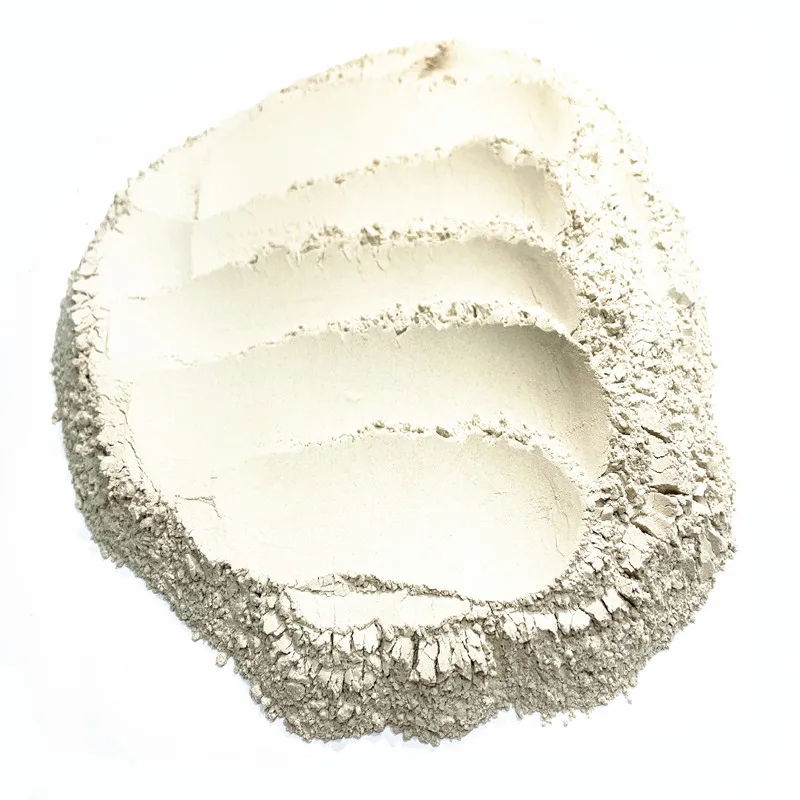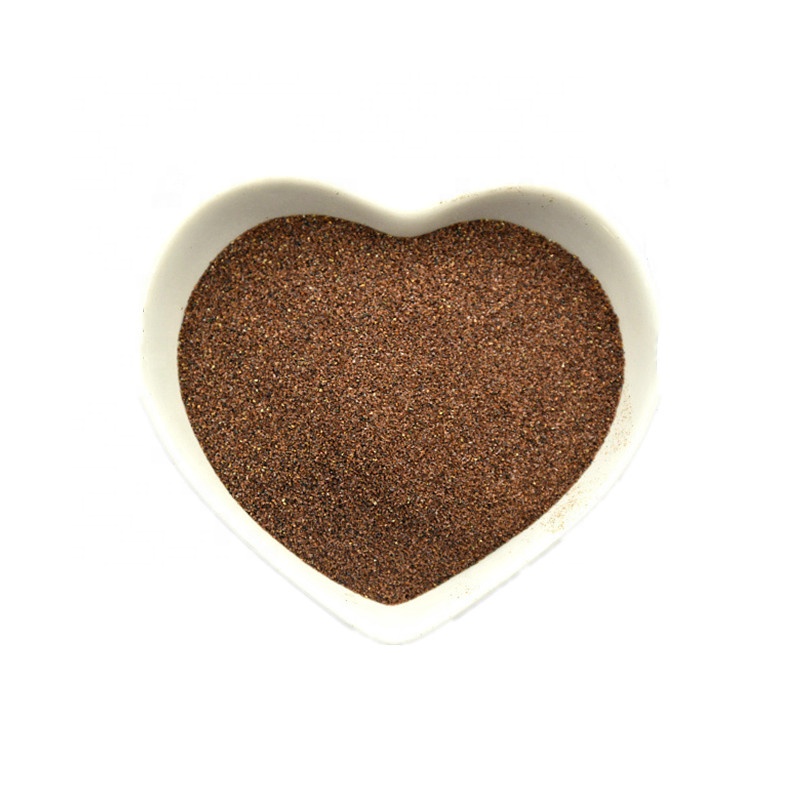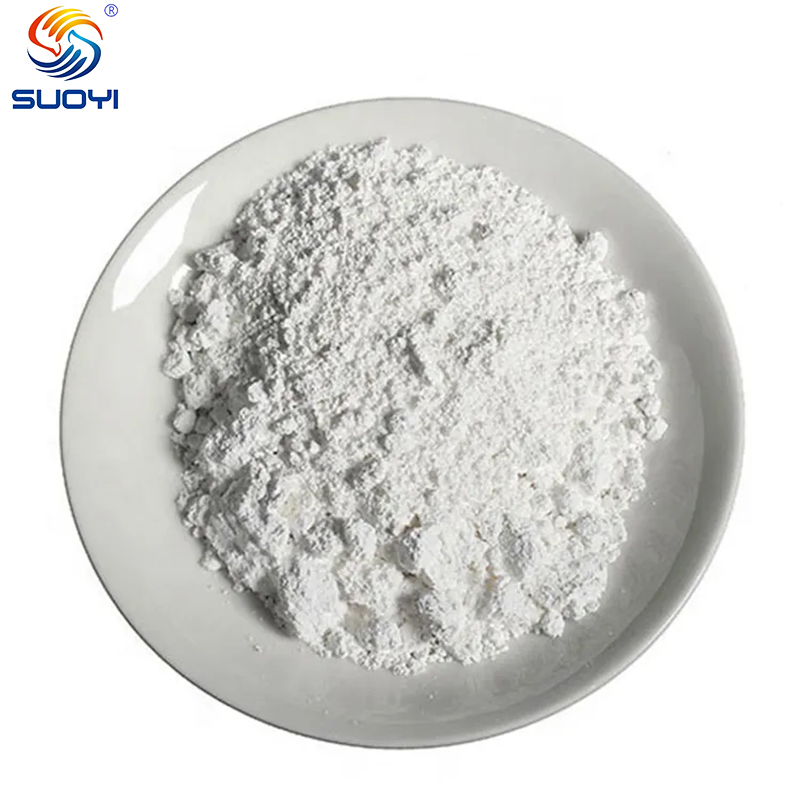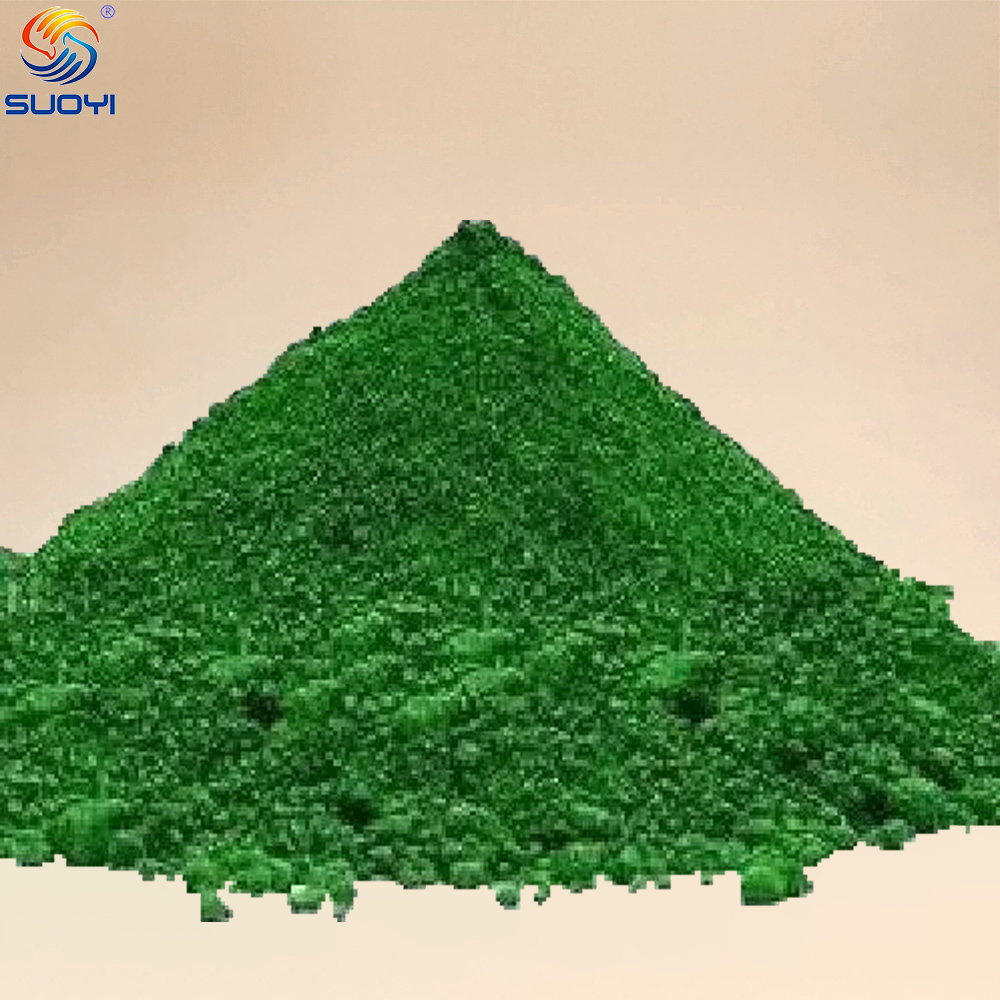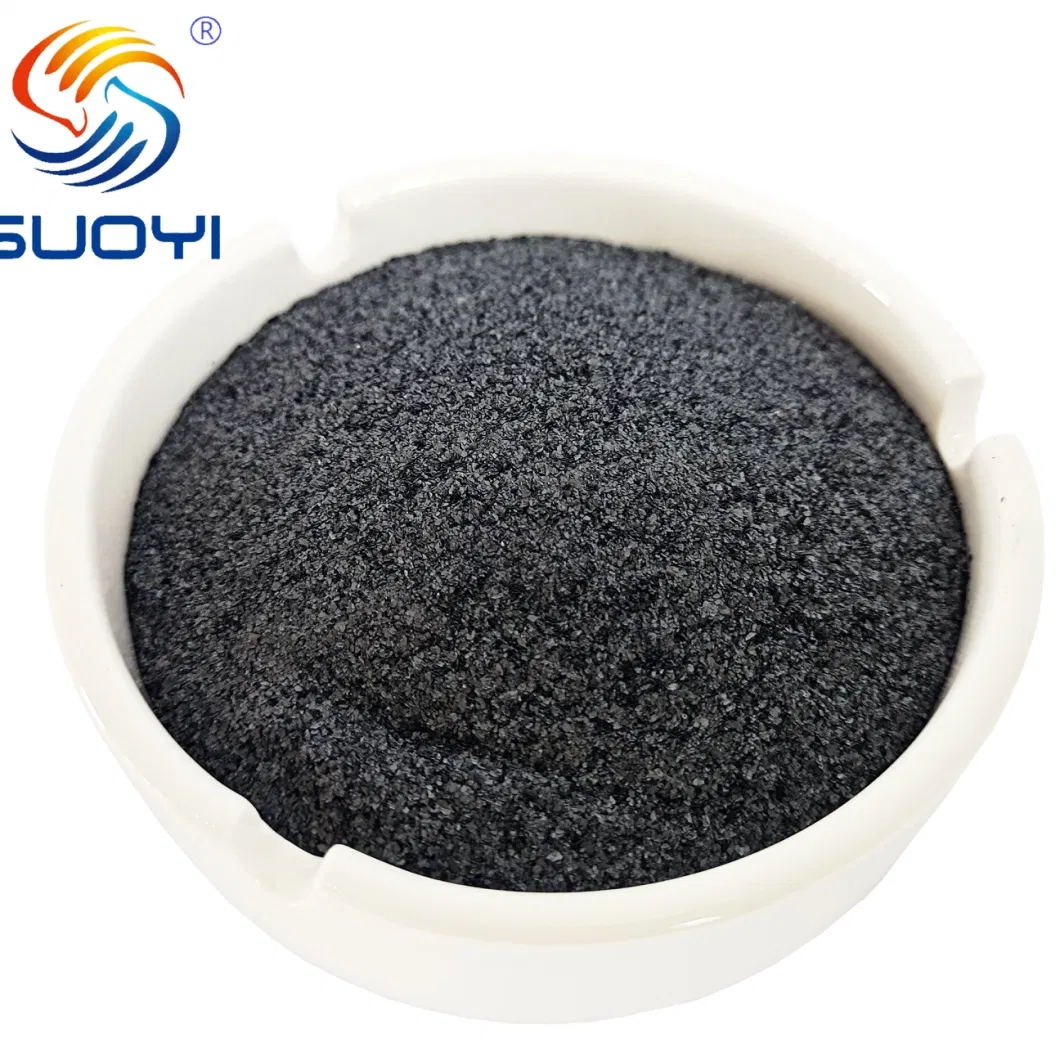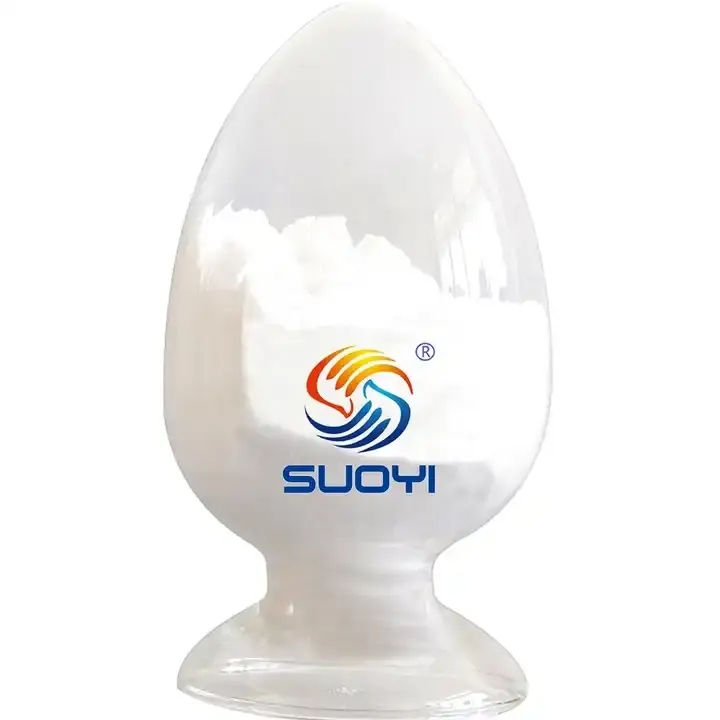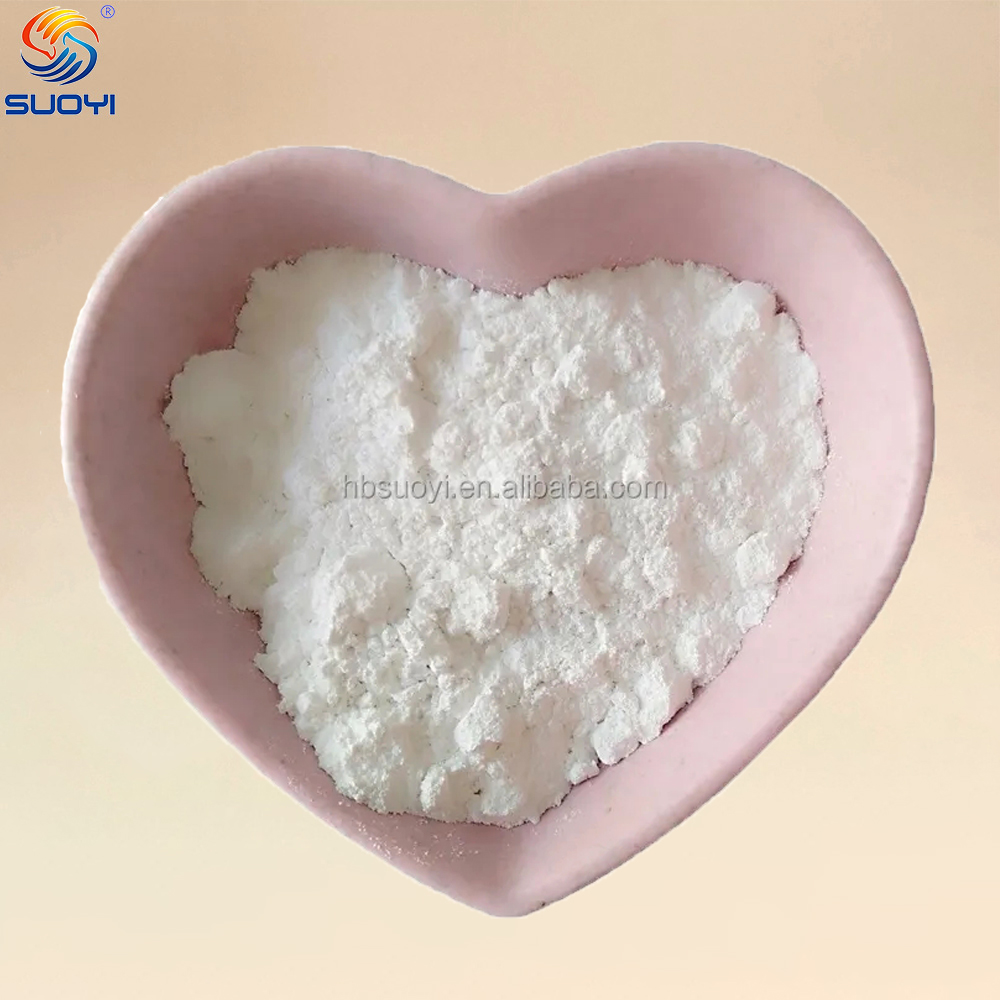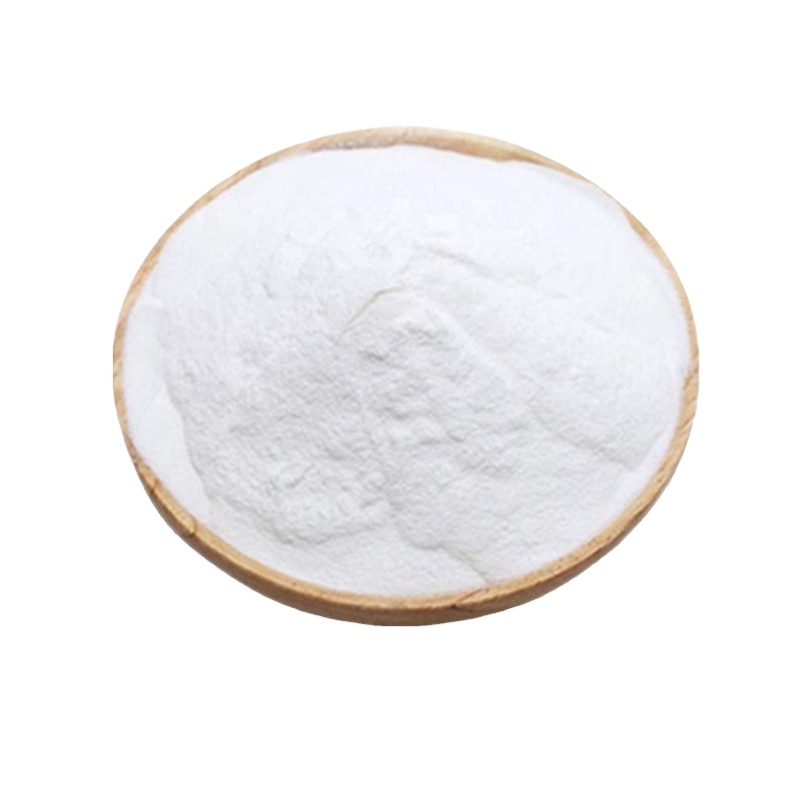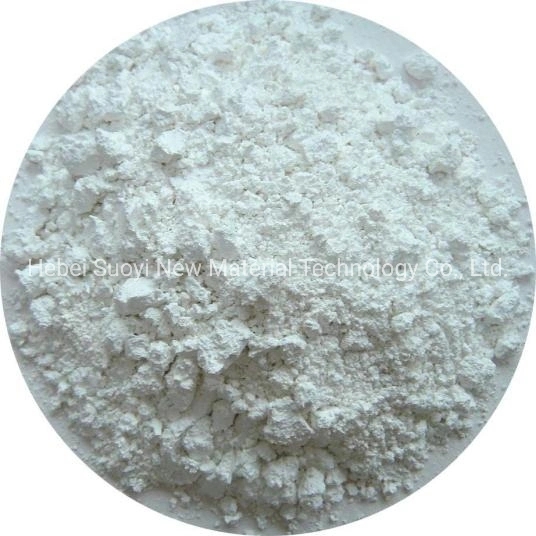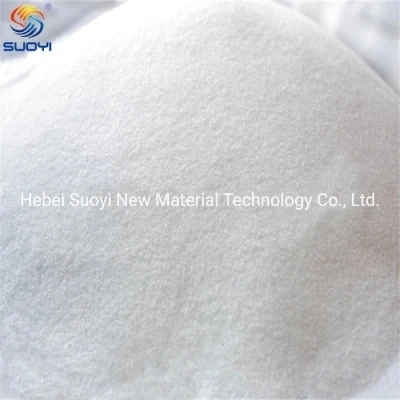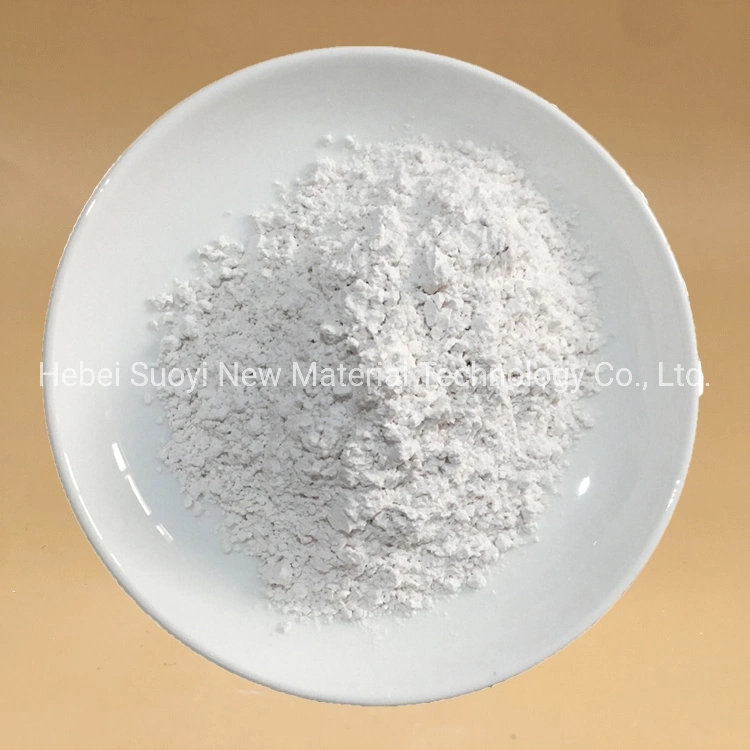- Product
- Industrial Zirconia
- Rare Earth Products
- Alumina
- Carbide
- Nitride
- Ceramic Products
- Graphite Products
- Nano Materials
- Spherical Spray Material
- High Purity Metal Powder
- Hot Selling Advanced Materials
01
Suoyi 50nm Nano Silicon Oxide Sio2 Fibrous Nano-Silica White Powder for Slapping Filling Material for Rubber/Polymer Materials
| Product name | Silicon oxide SiO2 |
| Purity | 99%-99.999% |
| Particle size | 20-30nm, 50nm, 100nm, 45um, 100un, 200um, etc |
| Type | hydrophilic, hydrophobic |
| Color | white powder |
| Bulk Density | <0.10 g/cm3 |
| True Density | 2.4 g/cm3 |
| Ultraviolet Reflectivity | >75% |
| Size | 10-200nm |
| Grade Standard | Electron Grade, Industrial Grade, Reagent Grade |
| Application | ceramic & enamel and glaze |
| Usage | inorganic adhesive agent at high temperature |
| HS code | 2823000000 |
| Packing | 10kg/bag |
Nano silica Physical property:
The appearance of nano silica is an amorphous white powder. The size range of the particles is 1-100 nanometers, the microstructures are spherical, and the particles are floc and reticulate quasi granular structure.
Dissolving properties: can not dissolve in water and acid (except hydrofluoric acid) and organic solvents, and can be dissolved in alkali and hydrofluoric acid.
Stability: stability
Main application:
The use of nano silica is very widely used, the weight is 0.5 - 2%, and the individual product system can reach more than 10%. The key to the performance of the product is that it is fully dispersed into the system. According to different systems, silica nanoparticles are dispersed in water, acetone, alcohols or other solvents according to different systems. For oil-based systems, auxiliaries can be supplemented for pretreatment.
Concrete is the most common used material for construction and their design consumes almost the total cement production in the world. The use of large quantities of cement produces increasing CO2 emissions, and as a consequence the green house effect. A method to reduce the cement content in concrete mixes is the use of silica fines. One of the silica fines with high potential as cement replacement and as concrete additive is nano-silica. However, the commercial Nano silica is synthesized in a rather complex way, resulting in high purity and complex processes that make them non-feasible for the construction industry. Furthermore, the application of Nano silica and its effect in concrete is not fully understood yet.
Nano silica in concrete:
Nano silica (equivalent to SY-SP30) can significantly improve the transition interface structure of aggregate and paste in concrete, and prove the influence of nano silica (equivalent SY-SP30) on the properties of concrete from microcosmic angle. Air entraining agent can improve the concrete slump but it can slightly decrease the expansion degree; can reduce the compressive strength of concrete at each stage; can significantly reduce the self shrinkage strain of concrete; improve the concrete anti permeability and frost resistance of Cl-, especially the frost resistance and durability. Although the retarder can reduce the early compressive strength of concrete, it has little effect on the later strength of concrete.
| Product name | Nano Silicon Oxide Silica Nano Powder SiO2 silicon dioxide nanoparticle |
| Appearance | White Powder |
| Purity | 99.5-99.99% |
| Usage | Rubber, epoxy, paint, textile |
|
item |
value |
|
CAS No. |
60676-86-0 |
|
Other Names |
Silica Nanoparticles |
|
MF |
SiO2 |
|
Place of Origin |
China |
|
Grade Standard |
Electron Grade, Industrial Grade, Reagent Grade |
|
Purity |
99.9% |
|
Appearance |
White powder |
|
Application |
ceramic & enamel and glaze |
|
Brand Name |
SUOYI |
|
Model Number |
SY-SIO-01 |
|
Color |
White powder |
|
Usage |
inorganic adhesive agent at high temperature |
|
MOQ |
1kg |
|
HS code |
2823000000 |
|
Molecular Weight |
60.08 |
|
Density |
2.2 g/cm3 |
|
Melting point |
1723℃ |
|
Boiling Point |
2230℃ |
|
Packing |
10kg/bag |
|
Size |
10-200nm |
material use Silica is a raw material for manufacturing glass, quartz glass, water glass, optical fiber, important components of the electronic industry, optical instruments, handicrafts and refractory materials. It is an important material for scientific research.
Nano-silica particles according to their structure are divided into two types: P-type (Porous particles ) and S-type (Spherical particles). P-type nano-silica surface contains a number of nano-porous with the pore rate of 0.611ml /g; therefore, P-type has much larger SSA comparing to S-type (See US3440). US3436 is S-type and its SSA is ~170-200m2/g. Further more, P-type ultraviolet reflectivity is >85% , S-type: >75%.
1. Transmission electron microscopy (TEM) method, nano-silica particle has small size, narrow particle size distribution.
2. BET method, nano-silica particle has large specific surface area.
3. Infrared spectroscopy method, nano-silica particle exists a large number of hydroxyl groups and unsaturated residual bonds on its surface, and forms the deviation from the steady state of the silicon oxide structure.
4. Cary-5E spectrophotometer testing method, nano-silica particles--high reflectivity to long wave and visible light about UV.
5. Omnisorp100CX surface area and porosity analyzer, P-type nano-silica surface contains a number of nano porous with the pore rate of 0.611ml /g.
1 Rubber modified, sealant ceramic toughening modification, adhesives, functional fiber additive, plastic modification, paint
aging additives;
2 Ceramics, nano ceramic, composite ceramic substrate;
3 Polymer: can increase the thermal stability and anti-aging polymer;
4 Flame retardant materials and coatings, high grinding medium, cosmetic products;
5 In cluster butyl benzene and chlorinated polyethylene adding a small amount of nano SiO2produce color rubber tenacity,
elongation, strength, flexural performance and ultraviolet resistance and thermal aging performance and achieve or exceed epdm;
6 In traditional coating adding a small amount of nano silicon oxides, good solve the suspension stability, thixotropy and poor, poor finish.
01

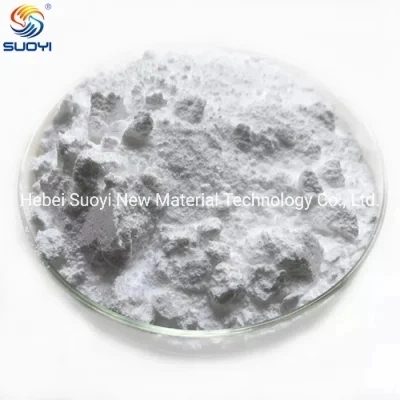







 Mr. Perry Wu International Sales Director
Mr. Perry Wu International Sales Director
